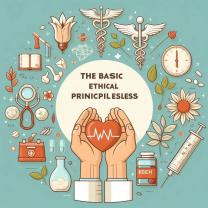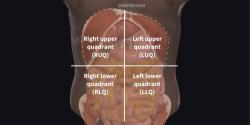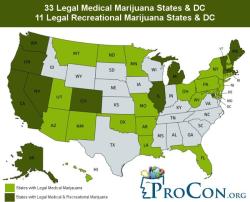What are the guidelines for stroke?
Stroke care is guided by established clinical guidelines that provide healthcare professionals with evidence-based recommendations for the prevention, diagnosis, and treatment of strokes. These guidelines are regularly updated to reflect the latest research and medical advancements. While I can provide a general overview, it's essential to consult specific guidelines published by medical organizations for the most up-to-date information. Here are some key aspects of stroke guidelines:
Recognition and Diagnosis:
- FAST Assessment: One of the fundamental aspects of stroke recognition is the FAST assessment:
- F: Face drooping
- A: Arm weakness
- S: Speech difficulty
- T: Time to call emergency services
- Healthcare providers are encouraged to use these criteria to quickly identify potential stroke patients.
- FAST Assessment: One of the fundamental aspects of stroke recognition is the FAST assessment:
Emergency Care:
- Time is Brain: The mantra in stroke care is "Time is brain." This emphasizes the urgency of stroke care, particularly for ischemic strokes where tissue can be saved if blood flow is restored quickly.
- Thrombolytic Therapy: Intravenous thrombolytic therapy with tissue plasminogen activator (tPA) is recommended within a specific time window (typically within 4.5 hours of symptom onset) for eligible ischemic stroke patients.
- Endovascular Thrombectomy: For certain eligible patients with large vessel occlusions, mechanical thrombectomy may be performed within a specified timeframe (usually up to 24 hours from symptom onset).
Stroke Subtypes:
- Guidelines differentiate between ischemic strokes (caused by a clot) and hemorrhagic strokes (caused by bleeding).
- Further classification may be based on etiology, such as cardioembolic, atherosclerotic, or cryptogenic strokes.
Secondary Stroke Prevention:
- Risk Factor Management: Guidelines emphasize managing risk factors like hypertension, high cholesterol, diabetes, and smoking to prevent recurrent strokes.
- Anticoagulation: In cases of atrial fibrillation, anticoagulant medications may be recommended to reduce the risk of stroke.
- Antiplatelet Therapy: Some patients may receive antiplatelet agents for stroke prevention.
- Carotid Endarterectomy: In selected cases with carotid artery stenosis, surgical intervention may be considered to reduce stroke risk.
Rehabilitation:
- Stroke patients benefit from rehabilitation services, including physical therapy, occupational therapy, and speech therapy, to regain lost functions and improve quality of life.
Secondary Prevention Education:
- Patients and caregivers should receive education on stroke risk factors, lifestyle modifications, medication adherence, and recognizing stroke symptoms.
Telestroke Services:
- Telestroke services enable remote consultation with stroke specialists, allowing for timely evaluation and treatment recommendations in underserved areas.
It's important to note that stroke care is highly individualized, and guidelines are meant to inform rather than dictate clinical decisions. Treatment plans should be tailored to each patient's specific circumstances, including age, comorbidities, and clinical presentation. Healthcare professionals should refer to the guidelines published by reputable organizations like the American Heart Association (AHA) and the American Stroke Association (ASA) for comprehensive and up-to-date information on stroke care.












